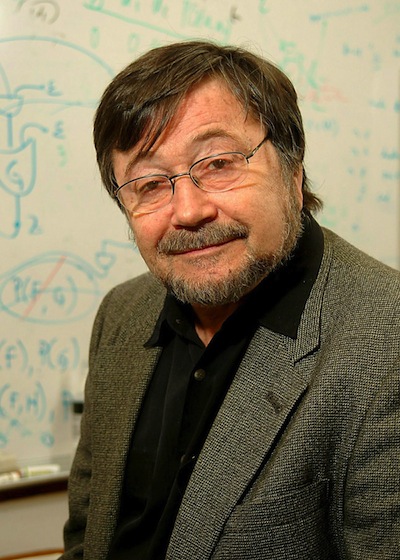

Warning: At this stage, we may still revise and correct errors without documenting the changes.
#Causality. software
#Causality. manual

The exact time, when known, will be announced here. A print version (for purchase) is expected to become available some time in the future. In general, a process has many causes, which are said to be causal factors for it, and all. This book is only available online through this page. Causality (also referred to as causation, or cause and effect) is what connects one process (the cause) with another process or state (the effect ), where the first is partly responsible for the second, and the second is partly dependent on the first. To cite the book, please use “Hernán MA, Robins JM (2020). We expect that the book will be of interest to anyone interested in causal inference, e.g., epidemiologists, statisticians, psychologists, economists, sociologists, political scientists, computer scientists… The book is divided in 3 parts of increasing difficulty: causal inference without models, causal inference with models, and causal inference from complex longitudinal data. Much of this material is currently scattered across journals in several disciplines or confined to technical articles. Lately, there have been a number of attempts to show that there is more to causality than regular succession by positing. orientgraph (dfdata, graph, printout None, kwargs) source ¶ Orient an undirected graph using the pairwise method defined by the subclass. Usage for undirected/directed graphs and CEPC df format. Jamie Robins and I have written a book that provides a cohesive presentation of concepts of, and methods for, causal inference. ¶ class .PairwiseModel source ¶ Base class for all pairwise causal inference models.


 0 kommentar(er)
0 kommentar(er)
